Home>Gardening & Outdoor>Pool & Spa Care>How To Keep My Hot Tub Water Clear
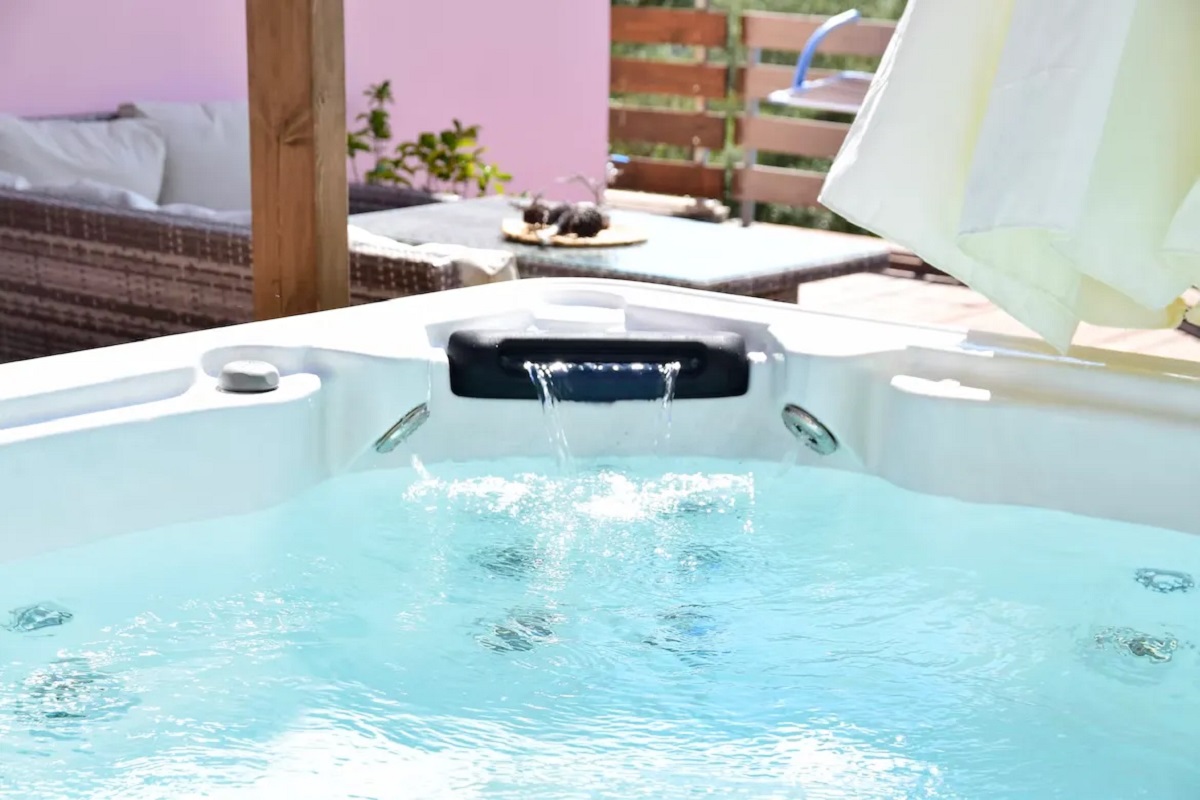

Pool & Spa Care
How To Keep My Hot Tub Water Clear
Modified: January 21, 2024
Learn how to maintain crystal clear hot tub water with our expert tips and pool and spa care products. Keep your hot tub clean and inviting all year round!
(Many of the links in this article redirect to a specific reviewed product. Your purchase of these products through affiliate links helps to generate commission for Storables.com, at no extra cost. Learn more)
**
Introduction
**
Owning a hot tub is a luxurious and relaxing experience, but it comes with the responsibility of proper maintenance to ensure a clean and inviting environment. Clear water is not only visually appealing but also essential for the health and safety of those enjoying the hot tub. In this comprehensive guide, we will explore the essential steps for maintaining clear water in your hot tub. From regular water testing to proper filtration and chemical balancing, we will cover all the key aspects of hot tub maintenance to help you enjoy a pristine and inviting soak every time. Let's dive in!
**
Key Takeaways:
- Regular water testing is crucial for maintaining clear hot tub water. Balancing chemicals and preventing contaminants also play a key role in creating a pristine and inviting soaking experience.
- Proper filtration and consistent cleaning are essential for preserving the clarity and hygiene of hot tub water. By embracing proactive maintenance, you can enjoy a relaxing and rejuvenating oasis.
Read more: Why Does My Hot Tub Keep Running
Regular Water Testing
**
Regular water testing is the cornerstone of hot tub maintenance. Testing the water at least once a week is crucial for ensuring that the chemical levels are balanced and the water quality is optimal. There are several key parameters to test for, including pH levels, total alkalinity, calcium hardness, and sanitizer levels.
Investing in a reliable water testing kit is essential for accurate and consistent results. These kits typically include test strips or liquid reagents to measure the chemical levels in the water. To conduct the test, simply follow the instructions provided with the testing kit and use a clean sample of water from your hot tub.
Once you have the test results, it’s important to take the necessary steps to balance the water chemistry. Adjusting the pH levels, total alkalinity, and sanitizer levels as per the recommended range is vital for maintaining clear and safe water. Keeping a log of your test results can help track any fluctuations and trends, enabling you to take proactive measures to maintain water clarity.
Regular water testing not only ensures clear water but also contributes to the longevity of your hot tub equipment. Balanced water chemistry prevents corrosion and scaling, preserving the integrity of the hot tub components and enhancing its overall lifespan.
By incorporating regular water testing into your hot tub maintenance routine, you can proactively address any imbalances and maintain crystal-clear water for a truly enjoyable and rejuvenating hot tub experience.
**
Proper Filtration
**
Proper filtration is essential for maintaining clear and clean water in your hot tub. The filtration system is designed to remove debris, dirt, and other impurities from the water, ensuring that it remains pristine and inviting.
Regularly inspecting and cleaning the hot tub’s filter is crucial for optimal filtration. Depending on the type of filter your hot tub uses—whether it’s a cartridge, sand, or diatomaceous earth (DE) filter—follow the manufacturer’s guidelines for routine maintenance. This typically involves removing the filter, rinsing it with water, and periodically soaking it in a filter cleaning solution to remove built-up contaminants.
In addition to regular filter maintenance, ensuring proper circulation is vital for effective filtration. Adequate water circulation helps prevent stagnation and promotes the efficient removal of impurities. Running the filtration system for an appropriate duration each day, as recommended for your specific hot tub model, is essential for maintaining water clarity.
Consider investing in a quality filter aid or clarifier to enhance the filtration process. These products work by coagulating small particles in the water, making it easier for the filter to trap and remove them. When used as part of your regular maintenance routine, filter aids can significantly improve the clarity of your hot tub water.
Furthermore, scheduling periodic deep cleanings of the entire filtration system, including the pump and skimmer, can help prevent the accumulation of debris and maintain the efficiency of the filtration process. By ensuring that your hot tub’s filtration system is well-maintained and operating optimally, you can enjoy consistently clear and inviting water for a truly indulgent soaking experience.
**
Regular Cleaning and Maintenance
**
Consistent cleaning and maintenance are essential for preserving the clarity and hygiene of your hot tub water. Incorporating a routine cleaning schedule will not only ensure a visually appealing environment but also contribute to the longevity of your hot tub.
One of the primary aspects of regular maintenance is skimming and removing debris from the water’s surface. Leaves, insects, and other floating particles can accumulate and compromise water clarity if left unattended. Utilize a skimmer net to regularly remove these contaminants and maintain a clean water surface.
In addition to surface skimming, thoroughly scrubbing the hot tub’s surfaces and waterline is crucial for preventing the buildup of dirt, oils, and other residues. Using a non-abrasive spa surface cleaner, gently scrub the interior of the hot tub to remove any accumulated grime. This should be done as part of your routine maintenance to prevent the formation of unsightly deposits and maintain a pristine appearance.
Regularly draining and refilling your hot tub is another vital aspect of maintenance. Over time, the water accumulates dissolved solids and impurities that can affect its clarity and quality. Depending on usage and local water conditions, aim to drain and refill your hot tub every three to four months. This practice helps refresh the water and maintain optimal chemical balance for clear and inviting soaking experiences.
Furthermore, inspecting and maintaining the hot tub’s cover is essential for preventing debris and contaminants from entering the water. Clean the cover regularly and ensure that it fits snugly to prevent leaves, dirt, and other debris from infiltrating the hot tub.
By adhering to a comprehensive cleaning and maintenance routine, you can uphold the visual appeal and pristine condition of your hot tub water. Consistent care and attention to detail will ensure that your hot tub remains an inviting oasis for relaxation and rejuvenation.
**
Regularly test and balance the pH and alkalinity levels of your hot tub water to prevent cloudiness. Use a quality sanitizer and shock treatment to keep the water clean and clear.
Balancing Chemicals
**
Properly balancing the chemicals in your hot tub is paramount for maintaining clear and safe water. The key chemical parameters to monitor and adjust include pH levels, total alkalinity, sanitizer levels, and calcium hardness.
Managing the pH levels of the water is crucial for preventing corrosion, scaling, and ensuring bather comfort. The recommended pH range for hot tubs typically falls between 7.2 and 7.8. Regularly test the pH levels and use pH increasers or decreasers as needed to maintain the optimal range.
Total alkalinity acts as a buffer for the pH levels, helping to stabilize them and prevent rapid fluctuations. The ideal total alkalinity range for hot tubs is generally between 80 and 120 parts per million (ppm). Adjusting the total alkalinity as necessary contributes to the overall balance of the water chemistry.
Sanitizing the water is essential for disinfection and preventing the growth of bacteria and algae. Chlorine and bromine are commonly used sanitizers for hot tubs, and maintaining the appropriate levels is crucial for water safety. Additionally, consider using non-chlorine shock treatments to oxidize organic contaminants and maintain water clarity.
Calcium hardness refers to the concentration of calcium and magnesium in the water. Maintaining the recommended calcium hardness level, typically between 150 and 250 ppm, helps prevent scaling and corrosion while ensuring water balance.
Regularly testing and adjusting these chemical parameters is essential for maintaining clear and inviting hot tub water. A proactive approach to balancing chemicals not only promotes water clarity but also safeguards the health and comfort of hot tub users.
It’s important to carefully follow the manufacturer’s instructions and recommended guidelines for the chemicals used in your hot tub. Additionally, keeping a detailed record of chemical levels and adjustments can help you track trends and maintain consistent water quality over time.
By prioritizing the proper balancing of chemicals, you can create a pristine and inviting hot tub environment that enhances relaxation and well-being for all who indulge in its soothing waters.
**
Read more: How To Keep Hot Tub Hot In Winter
Avoiding Contaminants
**
In addition to proactive maintenance and chemical balancing, preventing the introduction of contaminants into your hot tub is crucial for sustaining clear and inviting water. Contaminants can compromise water quality and clarity, necessitating additional maintenance and corrective measures. Implementing preventive practices can help minimize the risk of contamination and preserve the pristine condition of your hot tub water.
One fundamental measure to prevent contamination is to encourage bathers to rinse off before entering the hot tub. Oils, lotions, sweat, and other personal care products can introduce impurities and affect water clarity. A quick shower before soaking can significantly reduce the introduction of contaminants, contributing to cleaner water.
Furthermore, establishing clear guidelines regarding hot tub usage can help minimize the risk of introducing foreign substances into the water. Avoid allowing food and beverages in the hot tub, as spills can introduce organic matter and disrupt water clarity. Additionally, discourage bathers from submerging their heads or spitting in the water to prevent the introduction of saliva and other potential contaminants.
Regularly washing bathing suits and towels can also contribute to maintaining water clarity. Residual detergents and fabric softeners from unwashed items can introduce unwanted substances into the hot tub water. Encouraging bathers to use clean and properly laundered attire can help mitigate the risk of contamination.
Another aspect to consider is the surrounding environment of the hot tub. Minimize the risk of debris and contaminants entering the water by ensuring that the area around the hot tub is clean and free from leaves, grass clippings, and other potential sources of contamination.
Lastly, addressing potential sources of water contamination, such as nearby construction activities or pets accessing the hot tub area, is essential for maintaining water clarity. Taking proactive steps to minimize external factors that can introduce impurities will help preserve the pristine condition of your hot tub water.
By incorporating these preventive measures and promoting responsible hot tub usage, you can minimize the introduction of contaminants and sustain clear, inviting water for a consistently enjoyable and rejuvenating hot tub experience.
**
Conclusion
**
Maintaining clear and inviting water in your hot tub is a multifaceted endeavor that requires a proactive and comprehensive approach to maintenance. By adhering to regular water testing, proper filtration, consistent cleaning and maintenance, chemical balancing, and the prevention of contaminants, you can ensure that your hot tub water remains a pristine and inviting oasis for relaxation and rejuvenation.
Regular water testing serves as the foundation of hot tub maintenance, enabling you to monitor and adjust chemical levels to maintain optimal water quality. Proper filtration, including routine filter maintenance and effective circulation, is essential for removing impurities and preserving water clarity.
Consistent cleaning and maintenance practices, such as surface skimming, scrubbing, and periodic water changes, are vital for preventing the buildup of debris and maintaining a visually appealing hot tub environment. Balancing chemicals, including pH levels, total alkalinity, sanitizer levels, and calcium hardness, is crucial for sustaining clear and safe water for hot tub users.
Avoiding contaminants through proactive measures, such as encouraging pre-soak showers, establishing usage guidelines, and maintaining a clean hot tub environment, contributes to the preservation of water clarity and quality.
By integrating these key maintenance practices into your hot tub care routine, you can enjoy consistently clear and inviting water, creating an optimal environment for relaxation and well-being. Prioritizing the maintenance of your hot tub water not only enhances the visual appeal of the hot tub but also contributes to the health and safety of those who partake in its soothing waters.
Embracing a proactive and diligent approach to hot tub maintenance empowers you to create a welcoming and rejuvenating oasis that beckons with its pristine and inviting waters. With a commitment to regular maintenance and the implementation of preventive measures, you can savor the indulgence of a crystal-clear hot tub experience, providing a tranquil retreat from the demands of everyday life.
Frequently Asked Questions about How To Keep My Hot Tub Water Clear
Was this page helpful?
At Storables.com, we guarantee accurate and reliable information. Our content, validated by Expert Board Contributors, is crafted following stringent Editorial Policies. We're committed to providing you with well-researched, expert-backed insights for all your informational needs.
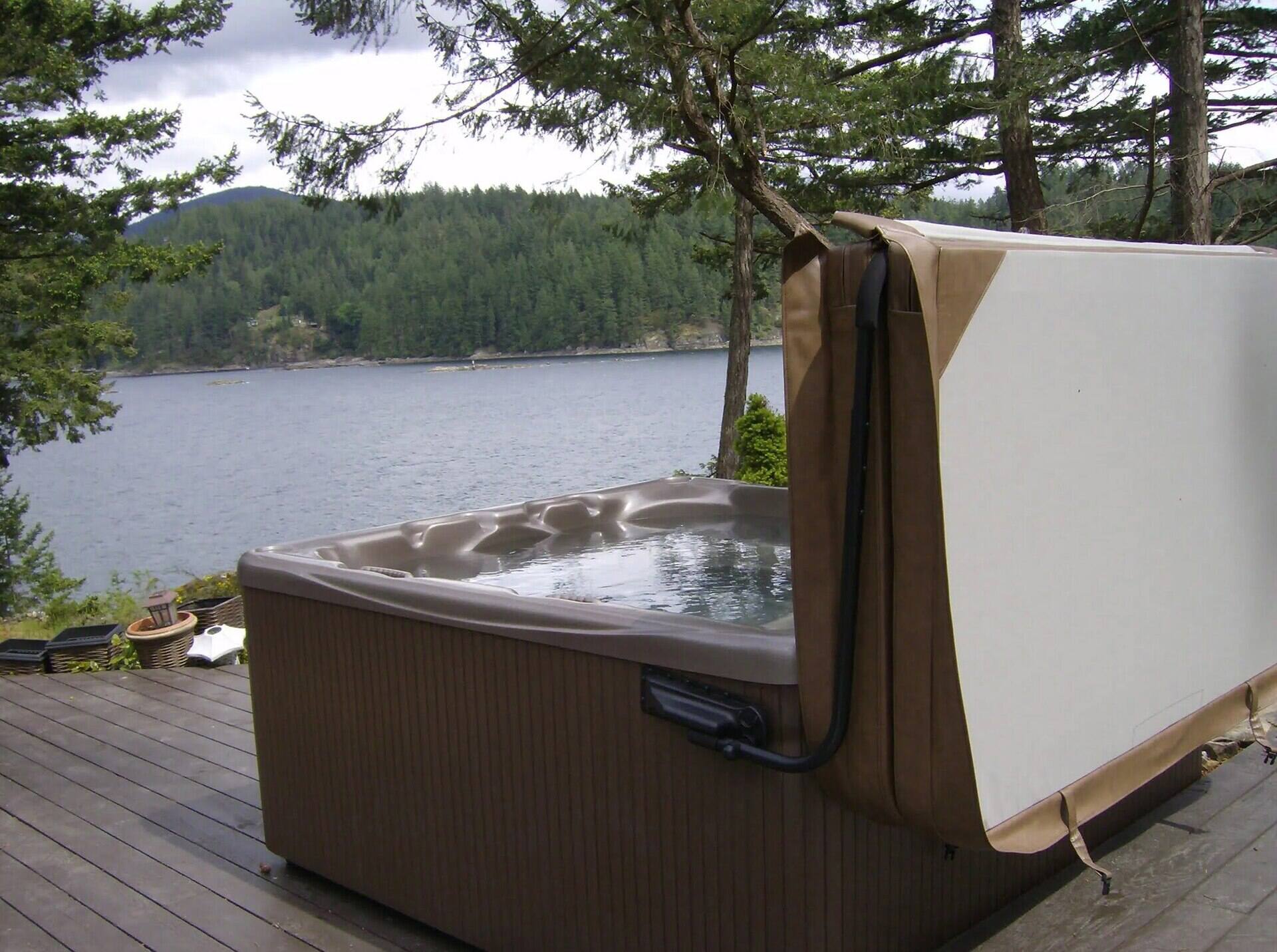
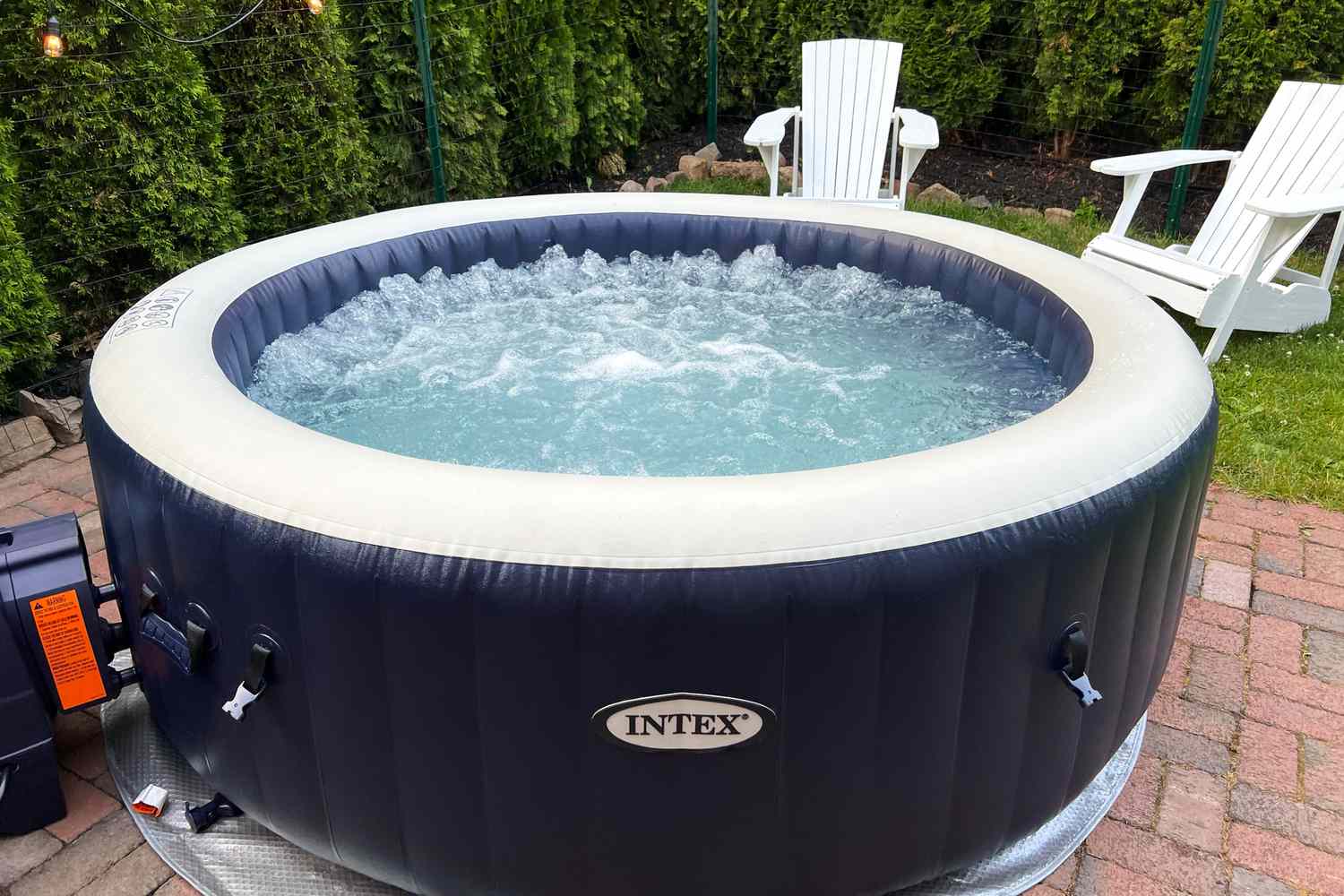
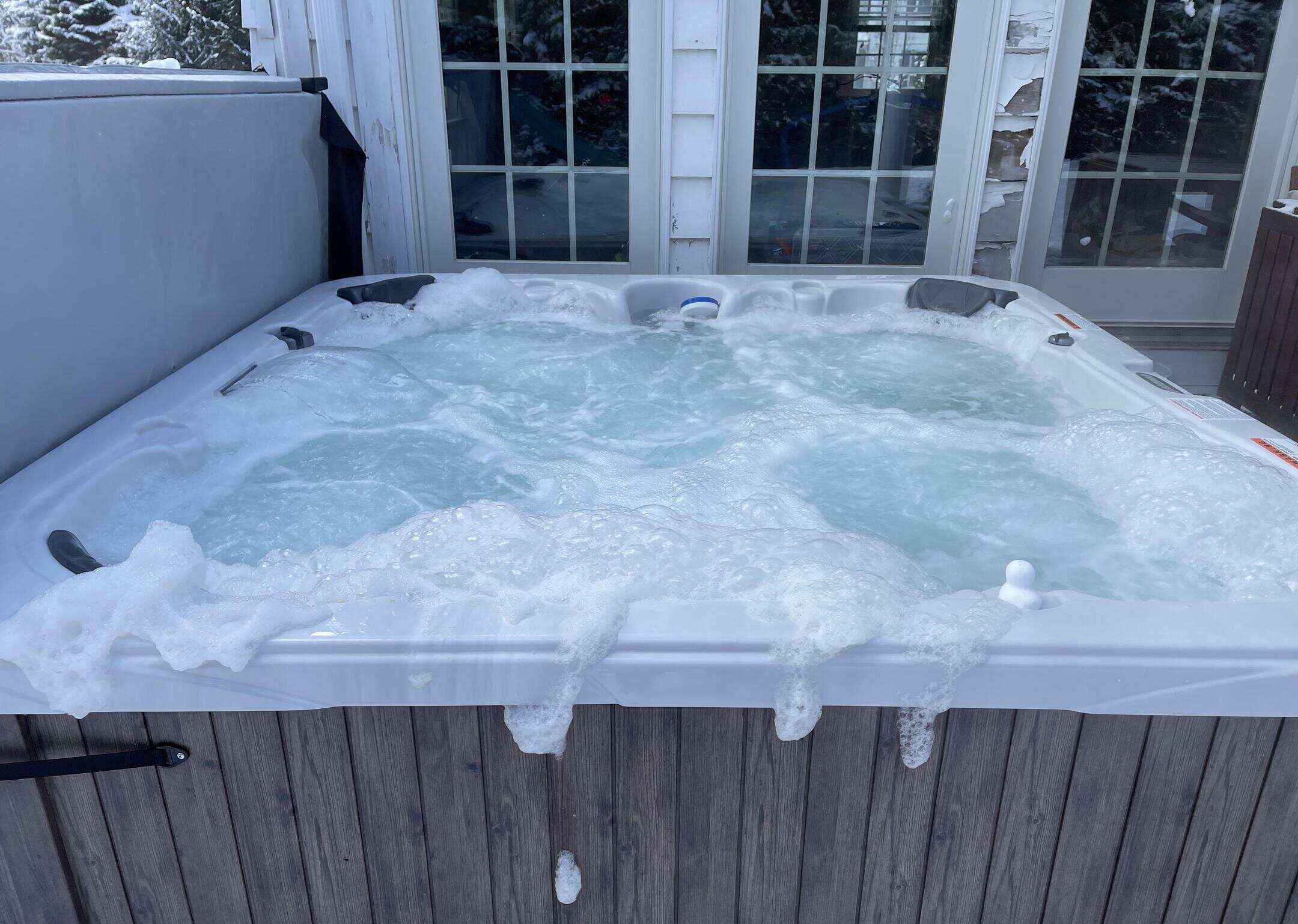
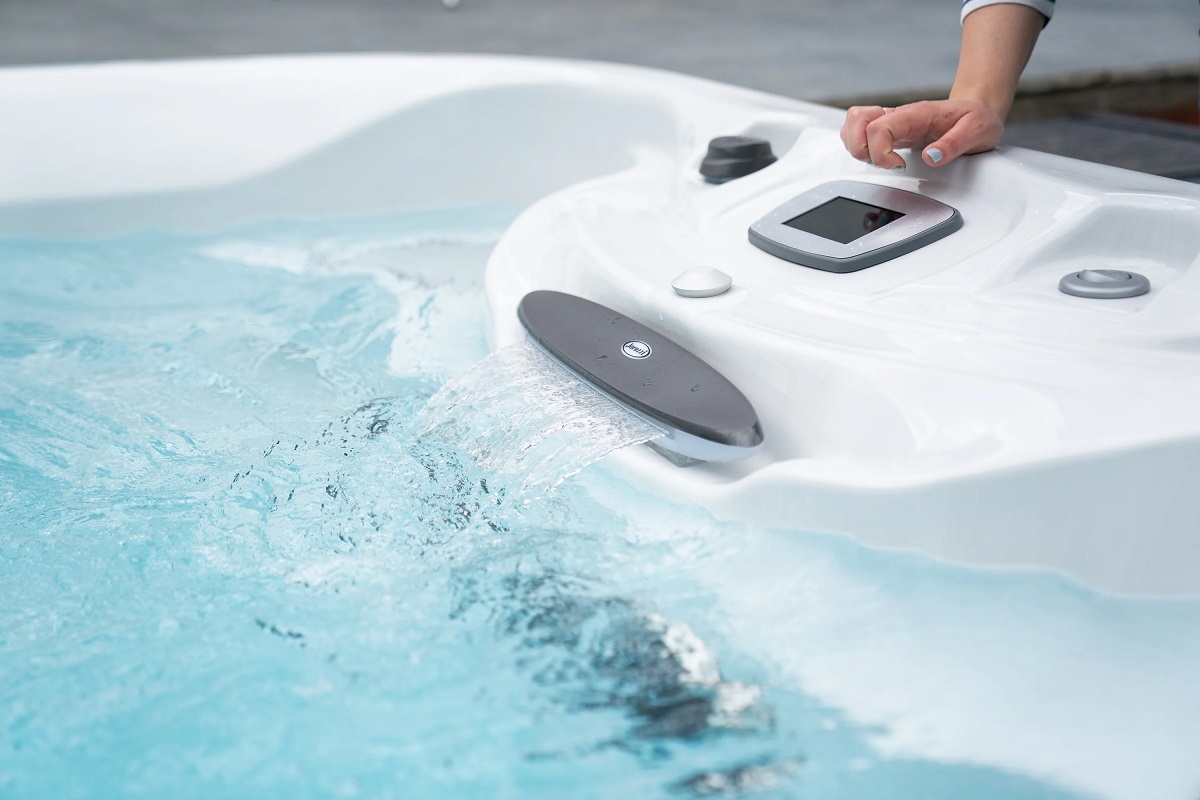
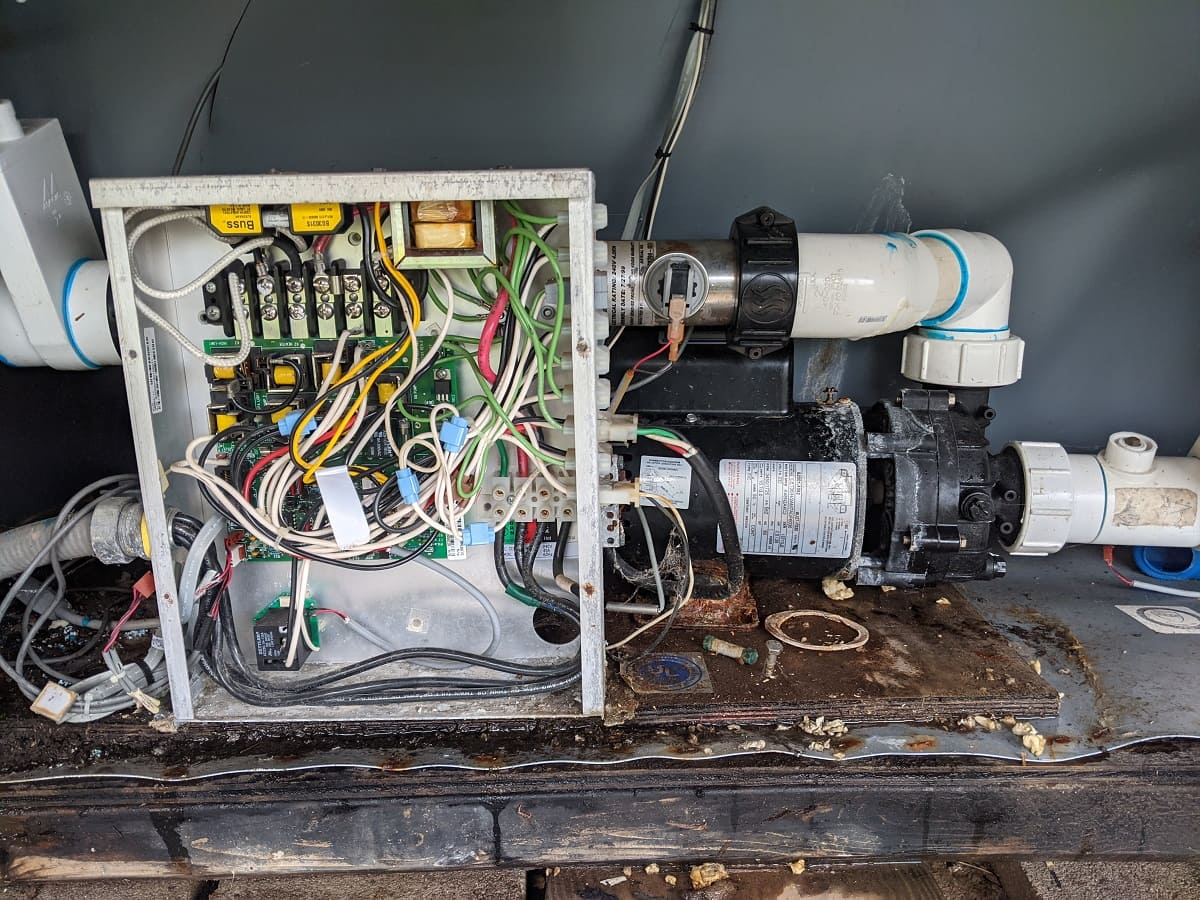
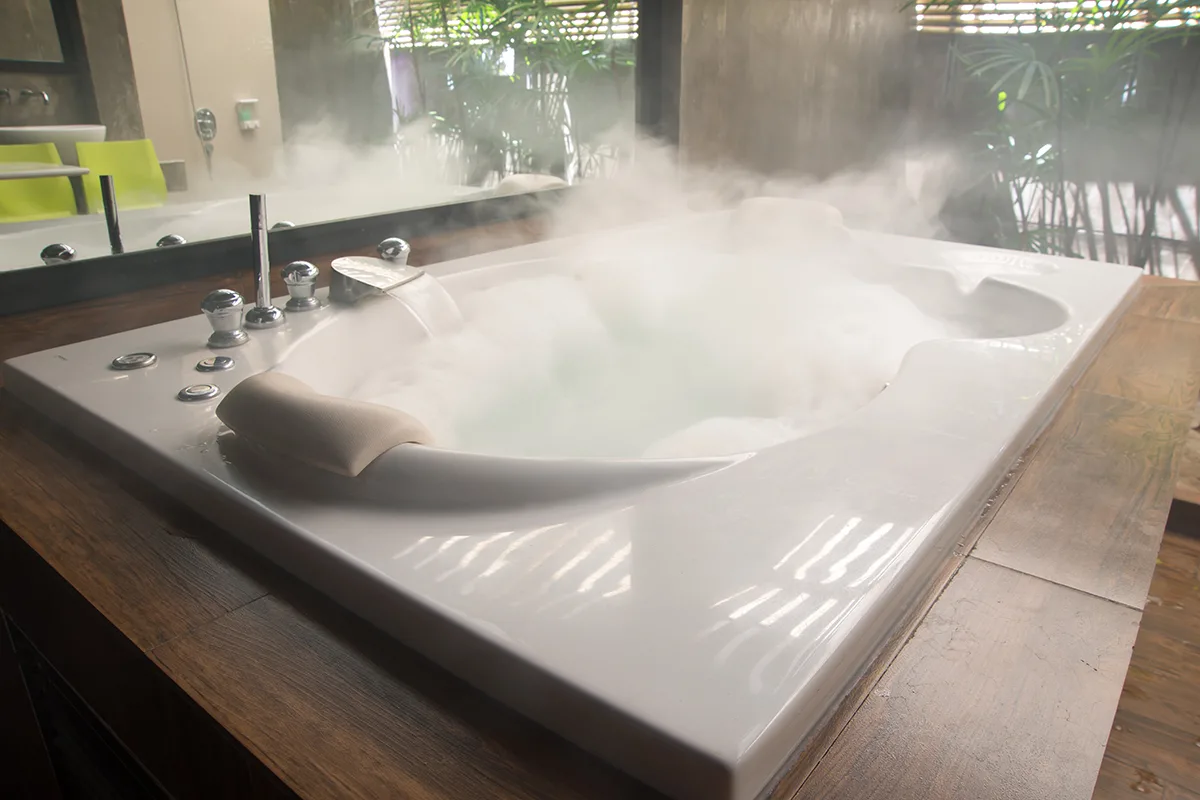
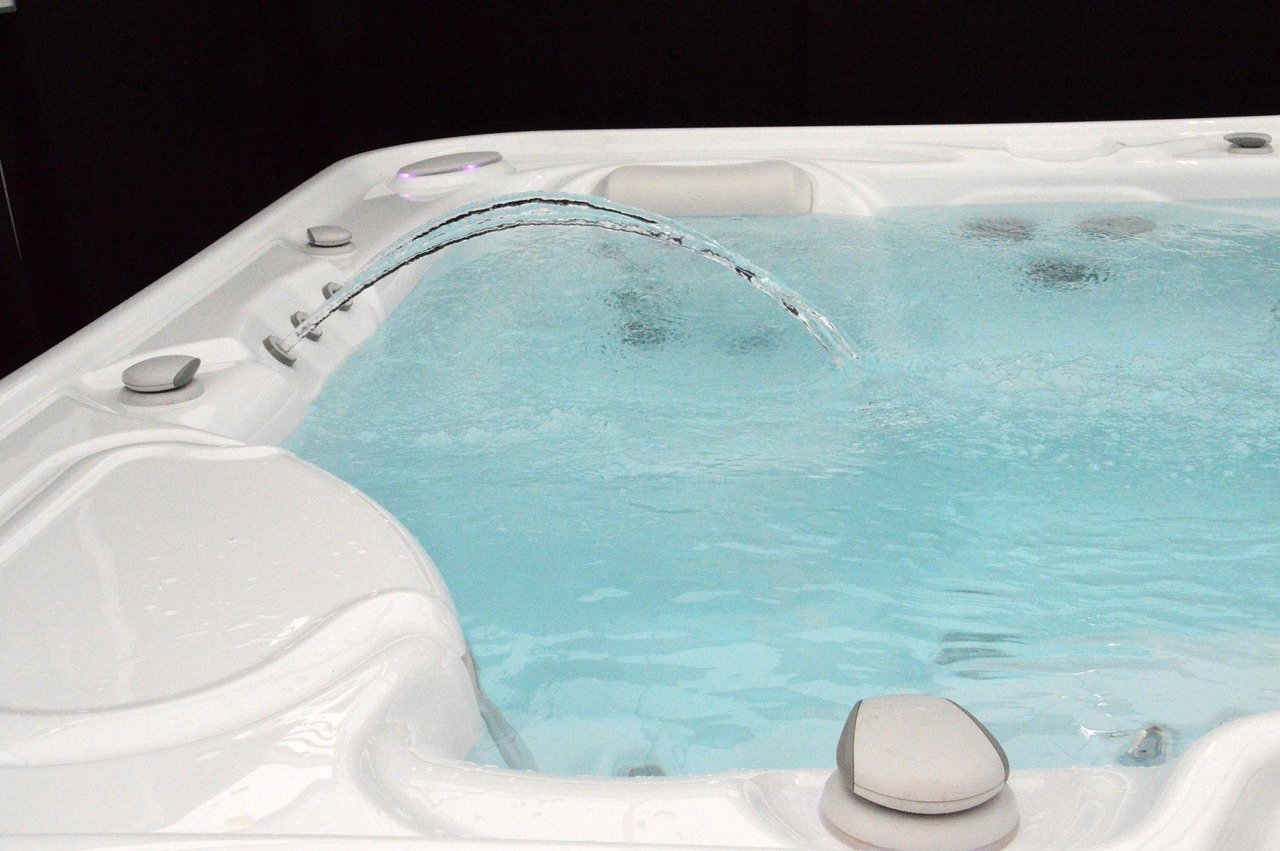
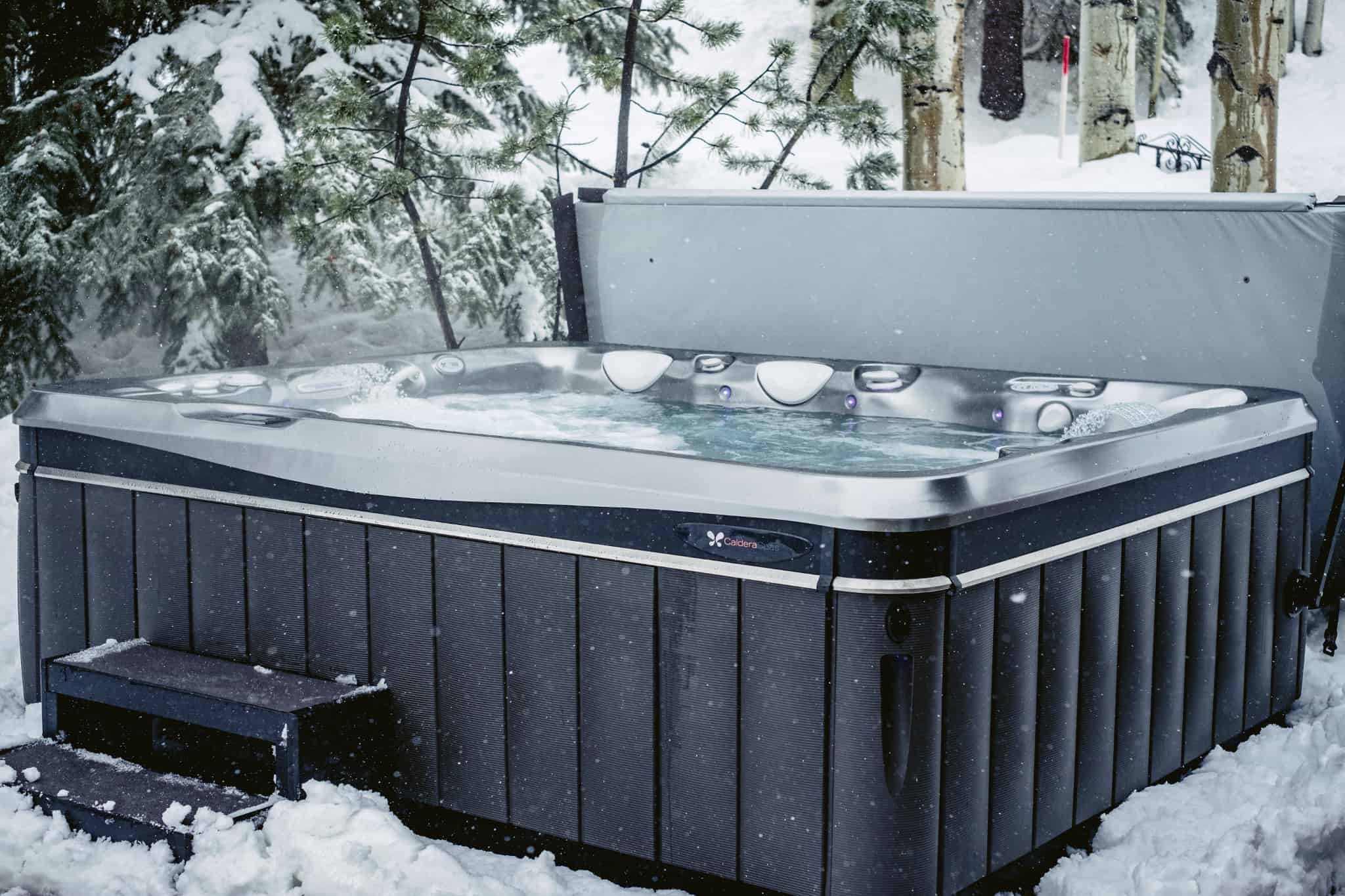
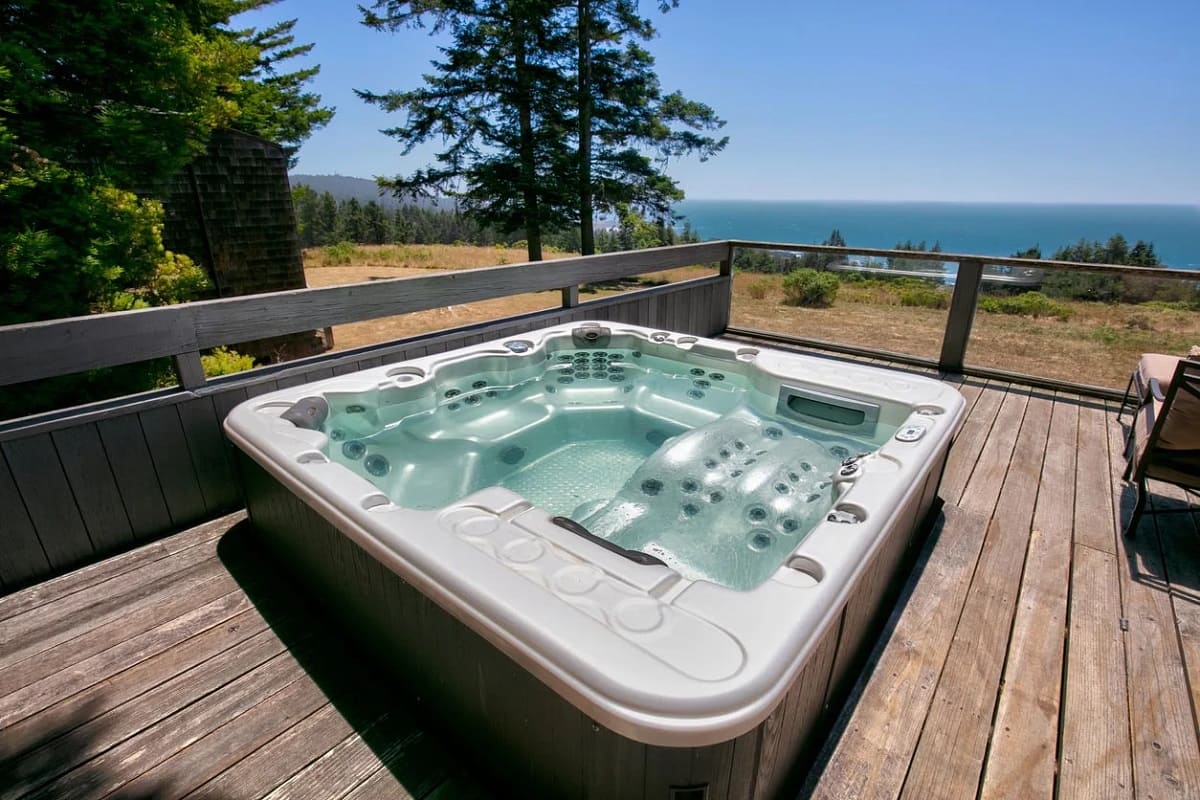

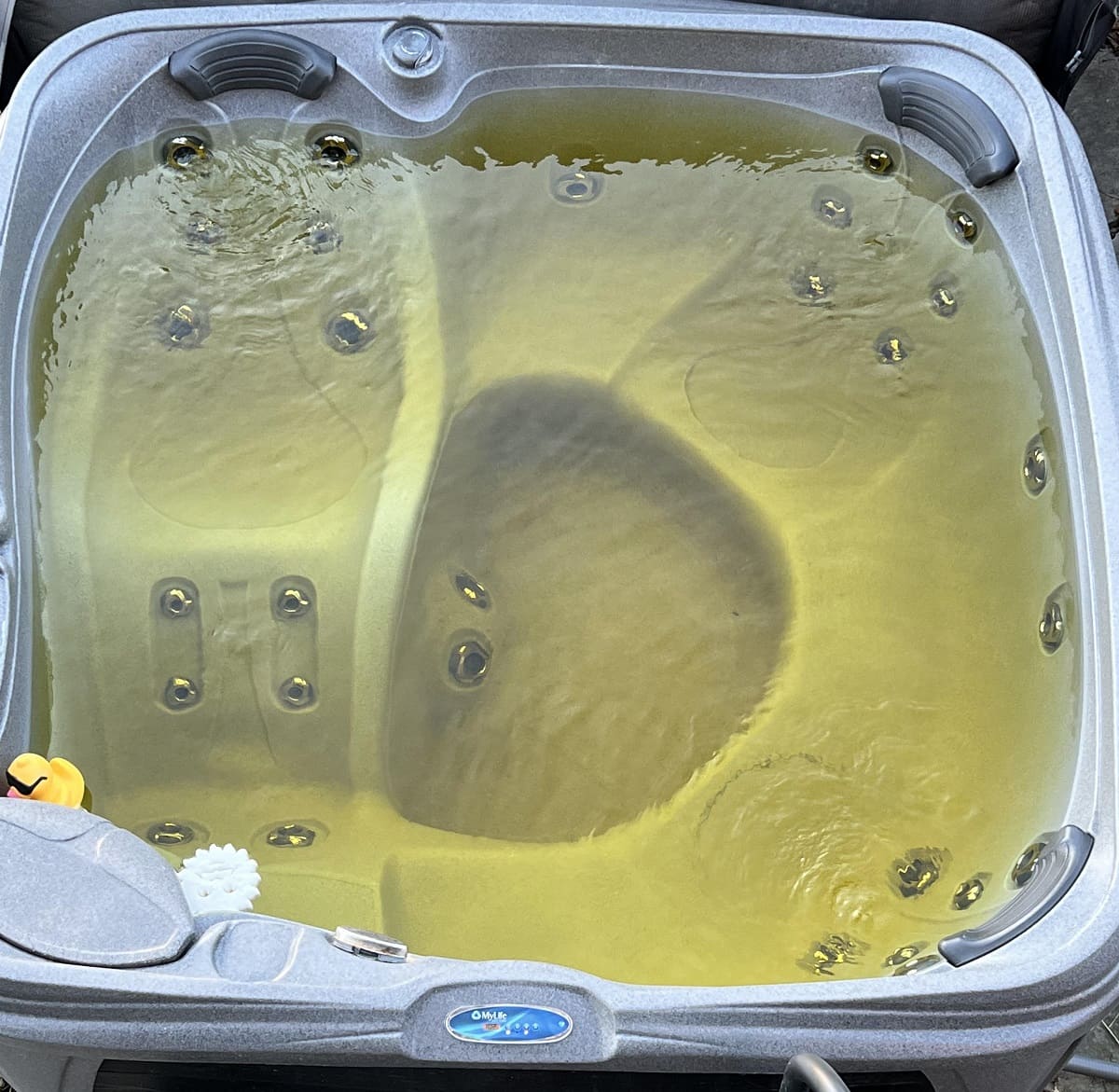
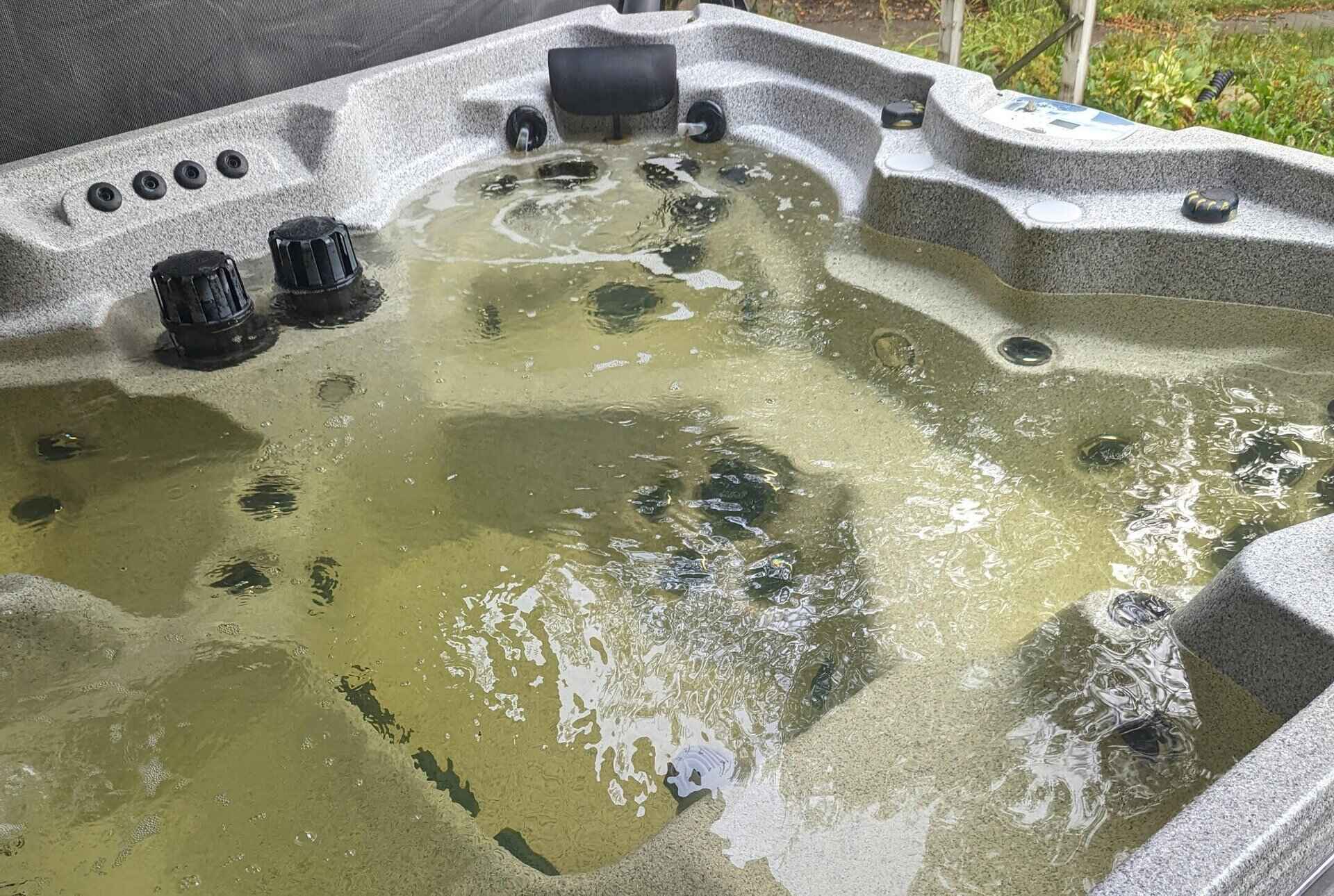
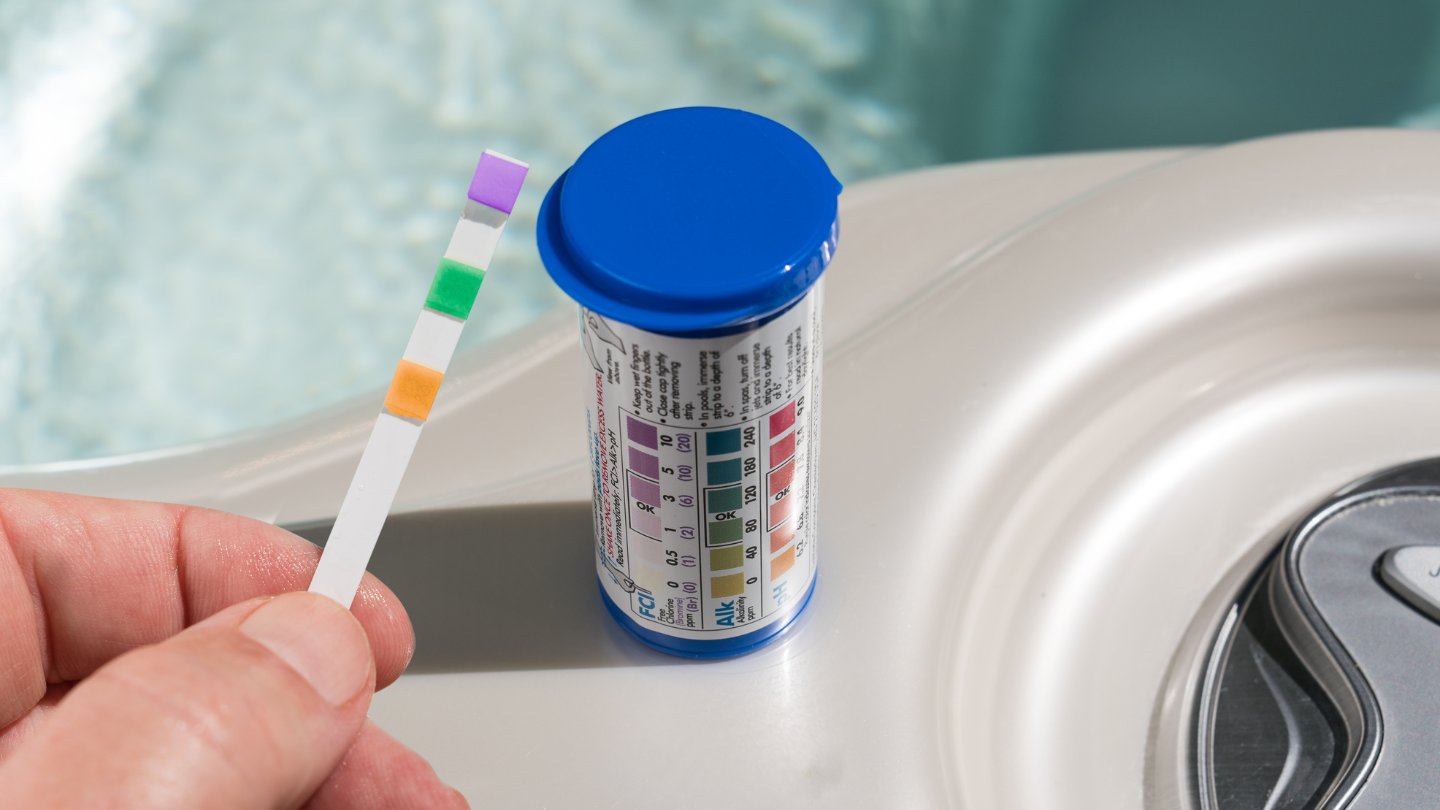
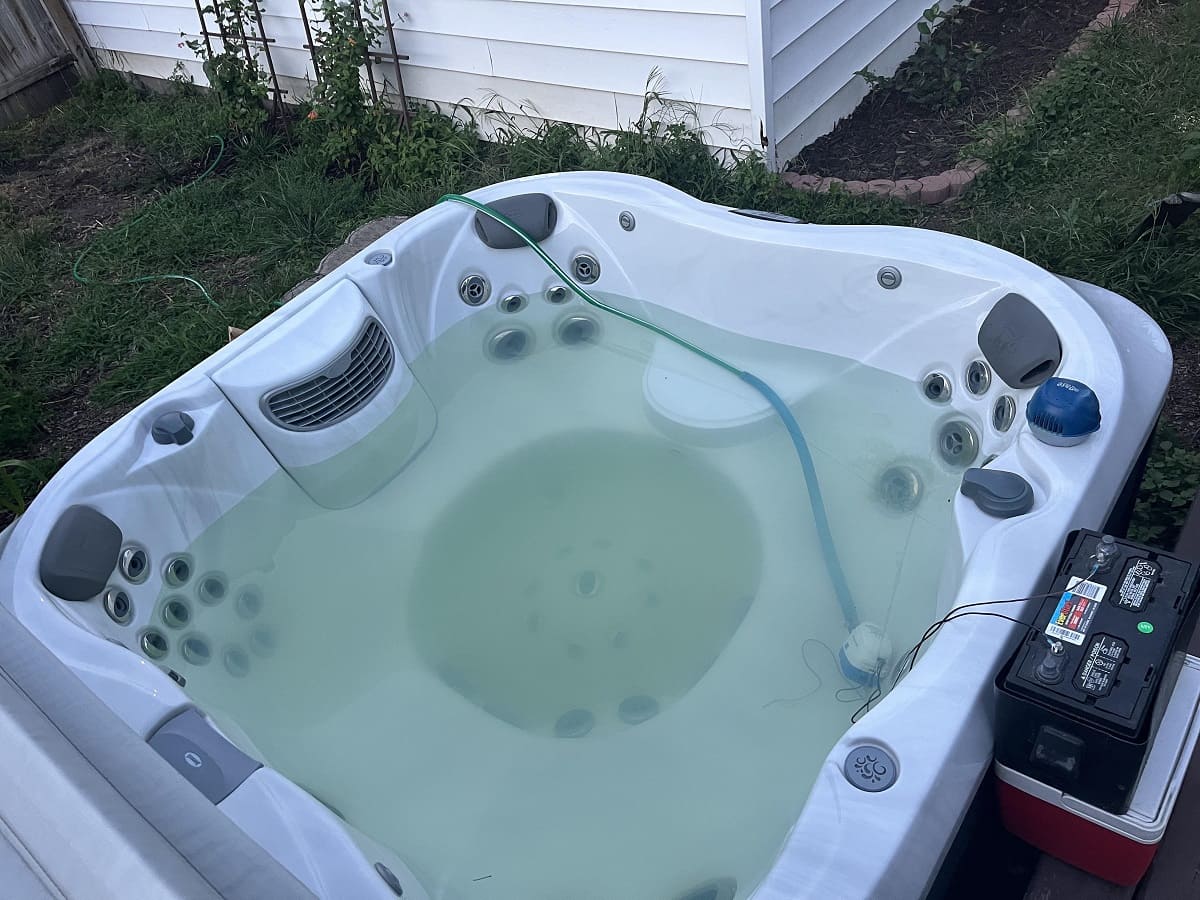

0 thoughts on “How To Keep My Hot Tub Water Clear”